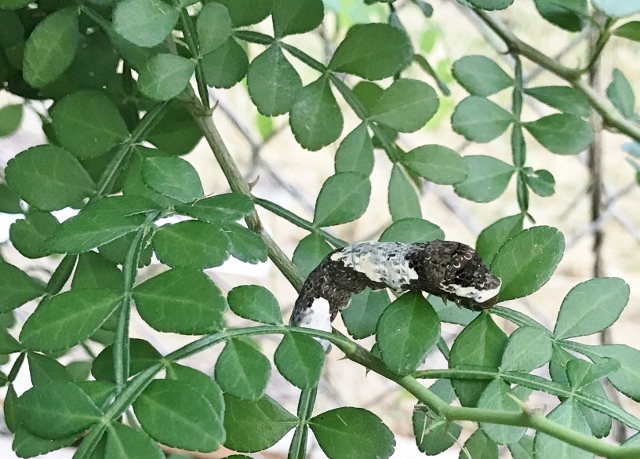
Story and photos by Anita Westervelt, Texas Master Naturalist
Individuals and community groups have found joy in creating butterfly gardens this year. Not a new concept, but tranquility-producing projects during chaotic times and excitement in discovering nature and wildlife have been a panacea for stress, loneliness, boredom and anxiety.
A butterfly garden isn’t just for humans and butterflies. Other important visitors will be bees, beetles, moths, hummingbirds, birds, lizards, and toads.
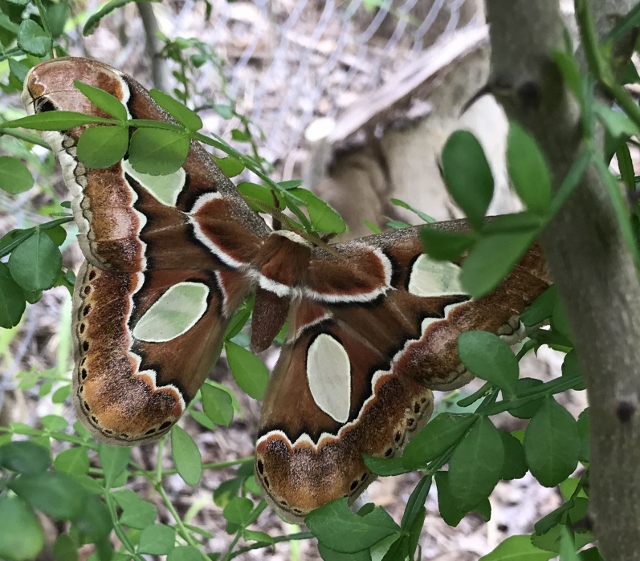
The cooler temperatures now through February make this the best time for planting a garden in the Valley.
Key points: Choose a sunny spot, strive to have something blooming during each month, use plants of varying heights to achieve what experts call a layered effect. Small, same-species plants are more effective in groupings of five or more.
Plants for height:
Wild olive (Texas olive), Cordia boissieri. This small tree is popular in the Valley for good reason: it blooms in every season. Clusters of large, funnel-shaped, yellow-centered white flowers attract butterflies, bees and hummingbirds. The tree can be pruned to a traditional tree shape or left bushy. It can grow to 26 feet tall.
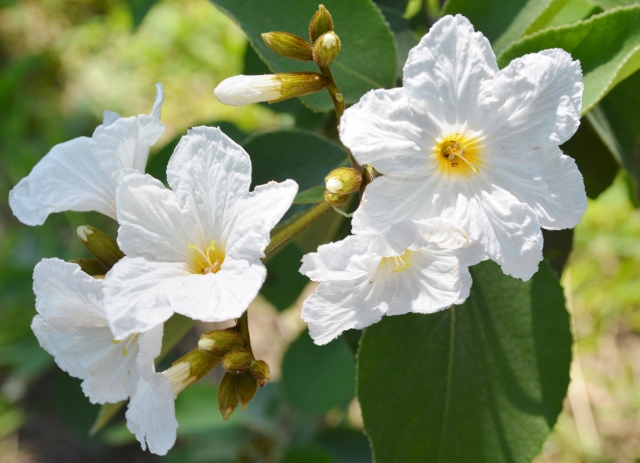
Colima, (lime prickly-ash), Zanthoxylum fagara, is a shrub in the Rutaceae family, the same family as citrus. Small, pale blooms cover the branches in March — a mighty draw to nectar insects; in the fall, dark red berries turn black when ripe providing excellent food for birds. It can grow from 15 to 30 feet tall, but is moderate to slow growing. Colima has cat-claw-like sharp prickles; plant away from walkways.
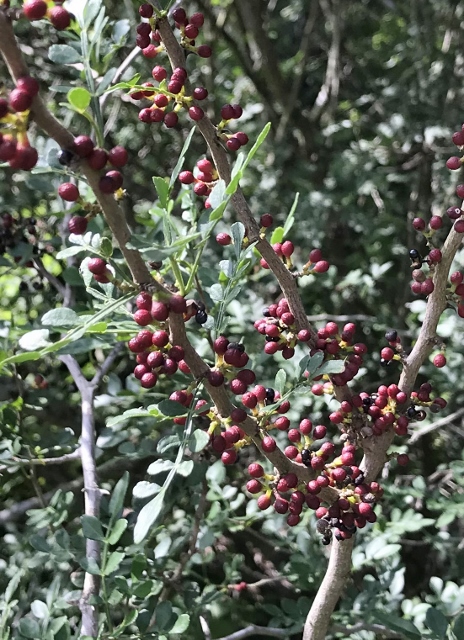
Two other spring-blooming species in the Rutaceae family — a bit more polite having no thorns or prickles — are Texas torchwood, Amyris texana, which can grow to six feet; and Sierra Madre torchwood, Amyris madrensis, which can reach to 10 feet. Torchwoods have slender upright growth and make attractive groupings when planted together, space permitting.
The big draw for trees and shrubs in the Rutaceae family — they are host plants for giant swallowtail butterflies.
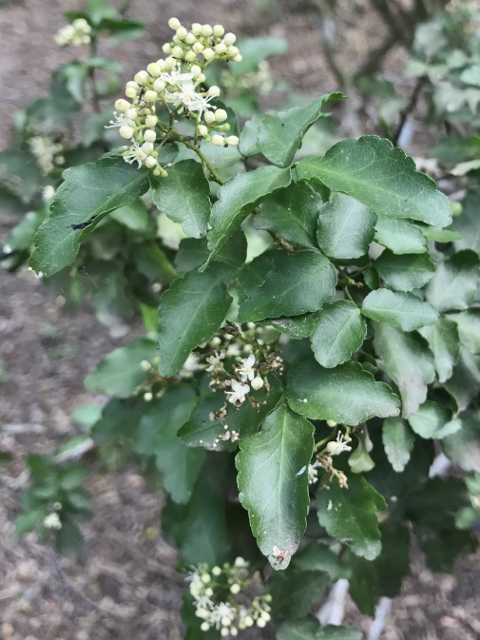
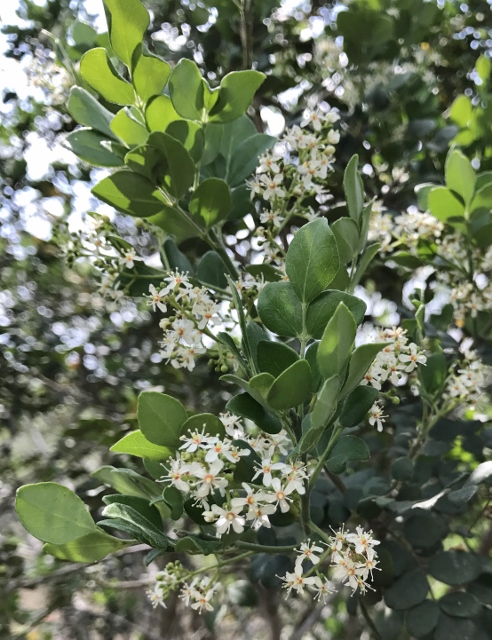
Another shrub with slender upright growth is Vasey Adelia, Adelia vaseyi, which can reach to 10 feet in height. It blooms spring and summer and is host to Mexican bluewing butterflies.
These trees and slender shrubs can establish the height in a layered garden. The next level would use shorter shrubs that amass some girth and bloom during different seasons like skeleton-leaf golden eye, Viguiera stenoloba; Turk’s cap, Malvaviscus drummondii; Crucita, purple-blooming fall mistflower, Chromolaena odorata; and native lantanas: Lantana urticoides, Lantana camara, and Lantans velutina.
Groupings of colorful scarlet sage, Salvia coccinea, a favorite with hummingbirds, and heliotrope, heliotropium angiospermum, are two species that can help round out the lower realm. Both plants bloom most of the year and into the winter.
It’s recommended to plant native plants because they attract the most beneficial bugs, are low maintenance, drought tolerant, hardy and supply food for wildlife with fruit, seeds and leaves. The more bugs and caterpillars, the more food for birds and other critters worth watching.
Visit https://rgvctmn.org/rgv-plants/ for a list of local native plant growers.